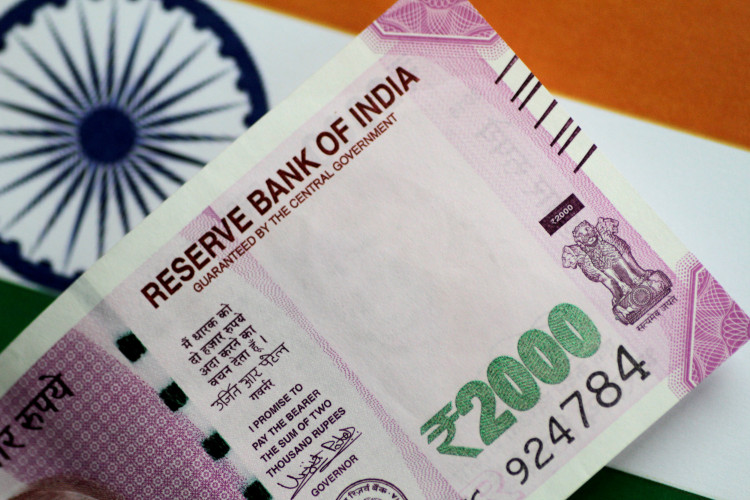Foreign investment in Indian bonds is surging as global funds position themselves ahead of the inclusion of Indian government bonds in the JPMorgan index.
According to data from Wednesday, as of June 18, global funds have net purchased 73.5 billion rupees ($8.81 billion) in Indian government bonds this month. This is an increase from the 52 billion rupees bought in May and a significant reversal from the 98.3 billion rupees sold in April.
JPMorgan will add Indian government bonds to its Government Bond Index-Emerging Markets (GBI-EM) starting June 28, 2024.
Since the announcement last September, foreign investment in Indian sovereign bonds has surged by $10 billion.
Continued Foreign Interest in Indian Bonds
JPMorgan indicated that the inclusion could attract between $20 billion to $25 billion in global funds to Indian bonds. As India prepares for inclusion in JPMorgan's major emerging markets index, the size of foreign holdings in Indian government bonds is projected to nearly double over the next year, reaching 4.4% of the outstanding debt.
Goldman Sachs previously forecasted that India's inclusion in JPMorgan's primary emerging markets index could drive over $40 billion into the country's bond market over the next 18 months.
Indian government bonds have provided a 4.5% return to investors this year, second only to Argentina among emerging market bonds.
Swiss asset manager Pictet invested 21% of its Asian local currency fund in India as of February. Fidelity Western Asset's Asian Opportunity Fund listed India as its third-largest investment target in April. On May 29, S&P Global Ratings hinted at a potential upgrade of India's sovereign rating in the next two years.
Additionally, Bloomberg announced it would include India's "fully accessible route" (FAR) bonds in its Emerging Market Local Currency Government Bond Index by January 31, 2025. FTSE Russell is also considering adding India to its fixed income indices.
Entry Barriers for Foreign Investors
However, foreign investors still face significant challenges entering the Indian market, including complex documentation requirements and taxation issues. Interest income from bonds may be taxed at rates up to 20%, in addition to capital gains tax. Indian authorities are working to ease disclosure requirements and expedite reporting times, though some investors remain cautious.
Paul Greer, a fund manager at Fidelity International, remarked that India is one of the most difficult countries to set up an onshore bond account.
This has stimulated the growth of offshore investment tools. Some Indian domestic banks hold sovereign debt and offer contracts to foreign investors, allowing them to benefit from the underlying Indian sovereign debt. For example, notes issued by multilateral institutions such as the Asian Development Bank (ADB) and the World Bank have reached a record $3.7 billion in issuance this year.
With increasing foreign investment in Indian bonds, there is also a heightened risk of sudden capital outflows. In April, investors withdrew nearly $2 billion from the market due to speculation about delayed interest rate cuts in the U.S. The Reserve Bank of India is aware of potential increased volatility and has indicated it is ready to use funds from its $656 billion in foreign exchange reserves to stabilize the currency.






